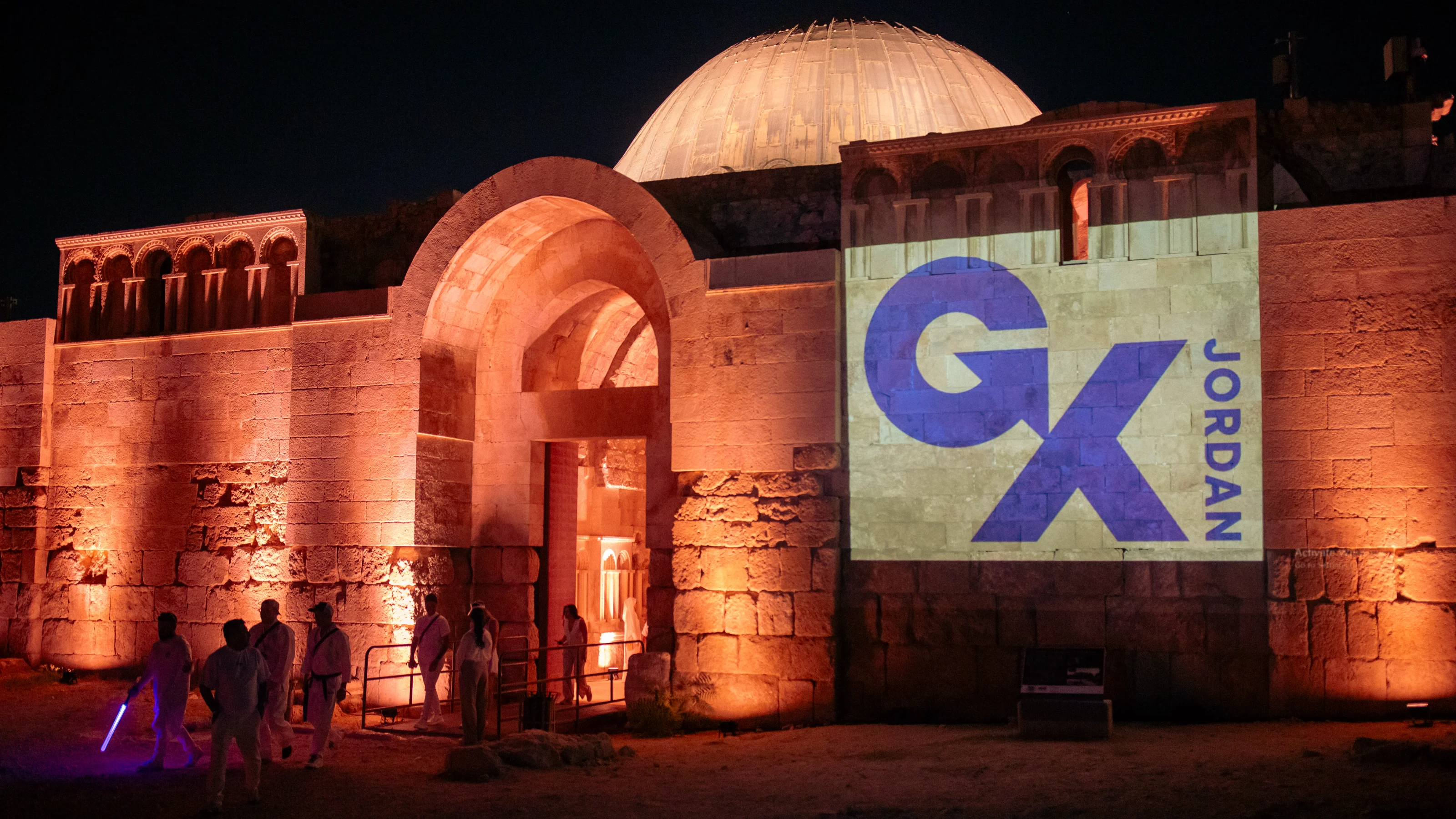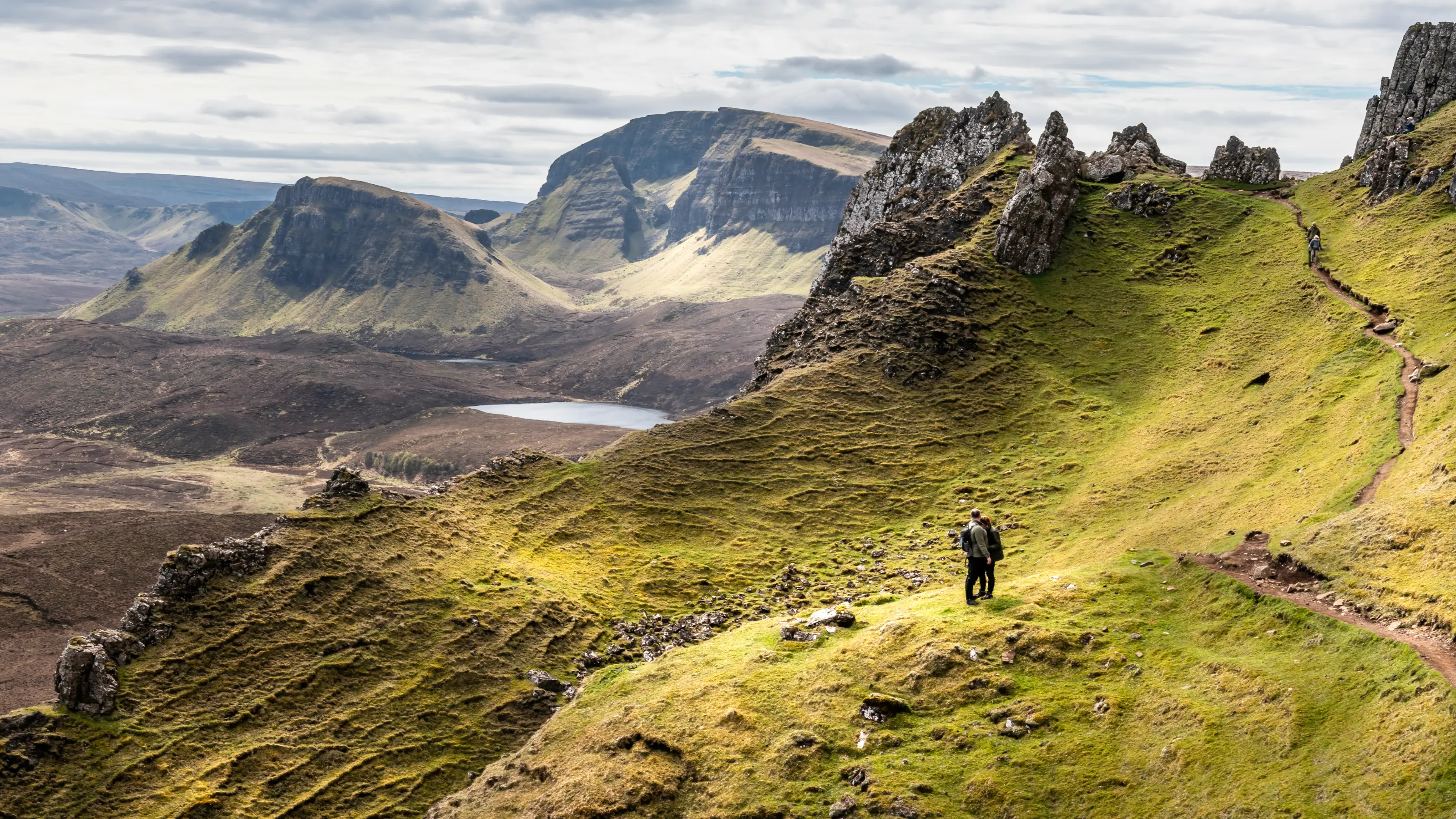Step into the past at the best historic sites in Greece
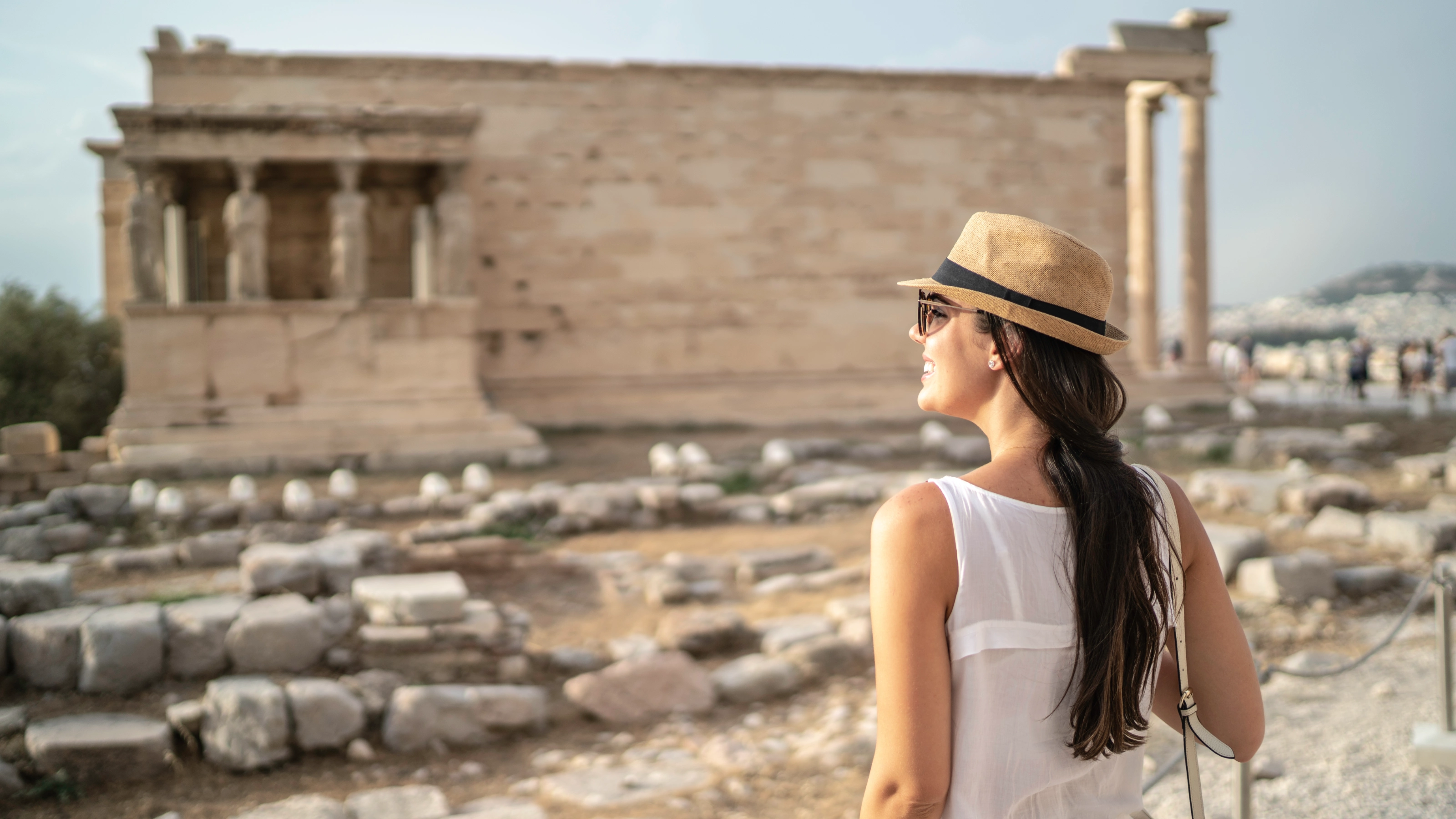
There is so much to know and love about Greece. It's the place where democracy was born, where gods meddled in mortal affairs, and where architecture reached divine levels of perfection. Whether you're a die-hard history buff or just someone who likes their ruins with a side of spectacular scenery, Greece delivers. With its ancient temples, cliff-hanging monasteries, and lost cities straight out of a myth, this country is practically a living museum of ancient Greece ruins. But figuring out which historic sites to visit can be overwhelming. That's where we come in. From the iconic Acropolis to the mysterious ruins of Akrotiri, here are the best historical sites in Greece — plus the perfect G Adventures tours to get you there.
Acropolis
If you visit Athens and don't see the Acropolis, have you even been to Greece? This hilltop masterpiece has been towering over the city since the 5th century BC, housing the Parthenon, Temple of Athena Nike, and Erechtheion, where mythology says Poseidon and Athena fought over who would be the city's patron god. (Spoiler: Athena won.) Climb up early in the morning to beat the crowds and watch the golden light hit the ancient ruins in a way that makes even the most Instagram-weary travellers whip out their phones. For travellers who want a full dose of Greek history, the Acropolis Museum at the base of the hill showcases statues and artifacts.
See it for yourself on: Best of Greece
Agora, Athens
Just below the Acropolis sits the ancient Agora, aka the OG town square. This spot is where Socrates stirred up philosophical debates, politicians plotted democracy's next move, and Athenians came to shop, gossip, and get their daily dose of drama. While many ruins here have crumbled, the Temple of Hephaestus remains impressively intact and is one of the best-preserved Greek temples in existence. Wander through the Stoa of Attalos, a reconstructed colonnade, and imagine merchants haggling over amphorae and olives.
See it for yourself on: Journeys: Discover Greece
Temple of Apollo
Once upon a time, the Temple of Apollo in Delphi was the most important religious site in ancient Greece. Pilgrims, kings, and the generally superstitious travelled from across the known world to consult the famous Oracle, a priestess who, after inhaling some questionable fumes, would deliver cryptic prophecies. Even without a time-travelling Oracle, Delphi is pure magic. The ruins cling to Mt Parnassus, offering sweeping views of olive groves and the Gulf of Corinth. Don't miss the Tholos of Delphi, a mysterious round temple that might be the most photogenic ruin in Greece.

See it for yourself on: Highlights of Mainland Greece
Olympia
Long before the five rings and gold medals, the Olympic Games started here in 776 BC as a festival honouring Zeus. Today, you can still run on the ancient stadium track, admire the remains of the Temple of Zeus (once home to a Wonder of the Ancient World), and check out early sports equipment at the Olympia Archaeological Museum. It's easy to picture toga-clad athletes competing in events like wrestling, chariot racing, and pankration — a mix of boxing and MMA with basically no rules.
See it for yourself on: Journeys: Discover Greece
Meteora
Meteora looks like something out of a fantasy novel. Perched atop towering rock formations, six active monasteries defy gravity and logic. Built by monks between the 11th and 16th centuries as a retreat from invading forces, these monasteries required some serious dedication — think rope ladders, pulley systems, and sheer determination. Today, you can hike up winding stone steps to explore fresco-covered chapels and get one of the best panoramic views in Greek history.
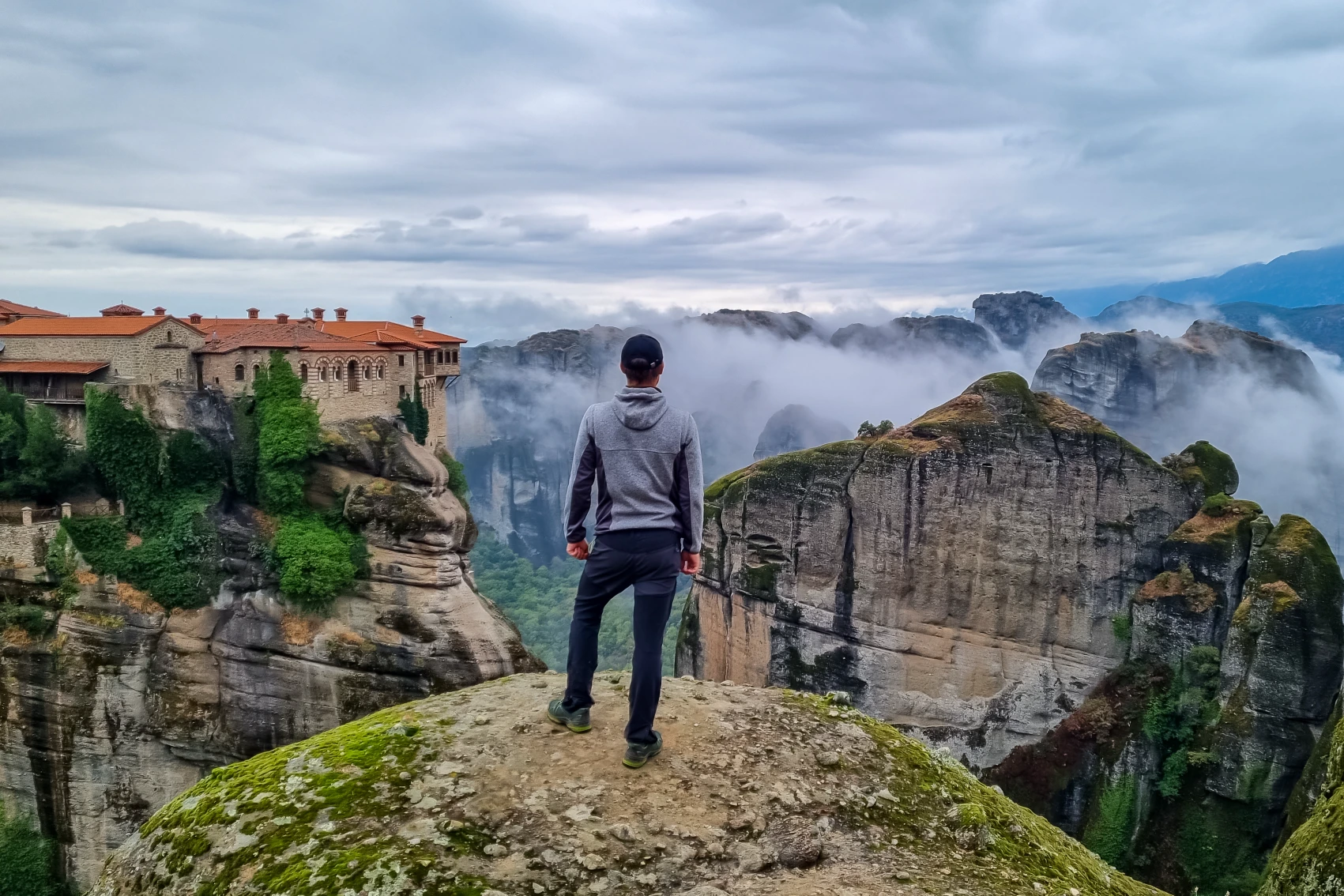
See it for yourself on: Classic Greece to Turkey Adventure
Temple of Poseidon
Some ruins have a history you can feel, and the Temple of Poseidon at Cape Sounion, a day trip from Athens, is one of them. Perched on a rugged cliff overlooking the Aegean Sea, this temple has been standing guard over the waters since the 5th century BC. Dedicated to Poseidon, god of the sea, it was a beacon for ancient sailors, offering a place to pray for safe voyages or thank the gods for a successful return.
The temple’s location is nothing short of dramatic. Crumbling marble columns stand defiantly against the wind, framed by the vast blue of the sea. It’s easy to understand why Lord Byron, the famously rebellious Romantic poet, couldn’t resist scratching his name into one of the columns. (Not that we’re advocating graffiti; let’s just say he had good taste in ruins.) For modern travellers, the Temple of Poseidon is more than a historical site — it’s a front-row seat to one of Greece’s best sunsets. As the sun dips below the horizon, the sky explodes into shades of gold, crimson, and violet, casting an ethereal glow over the ruins.
See it for yourself on: Greece & Turkey: Athens to Istanbul Adventure
Mycenae
If you love Greek history, you can't miss Mycenae, the Bronze Age stronghold that inspired Homer's Iliad. Mycenae is where King Agamemnon allegedly ruled before setting off to wage war against Troy. Step through the Lion Gate, admire the Treasures of Atreus (a beehive-shaped tomb fit for a king), and imagine the whispers of history echoing through these 3,000-year-old ruins.
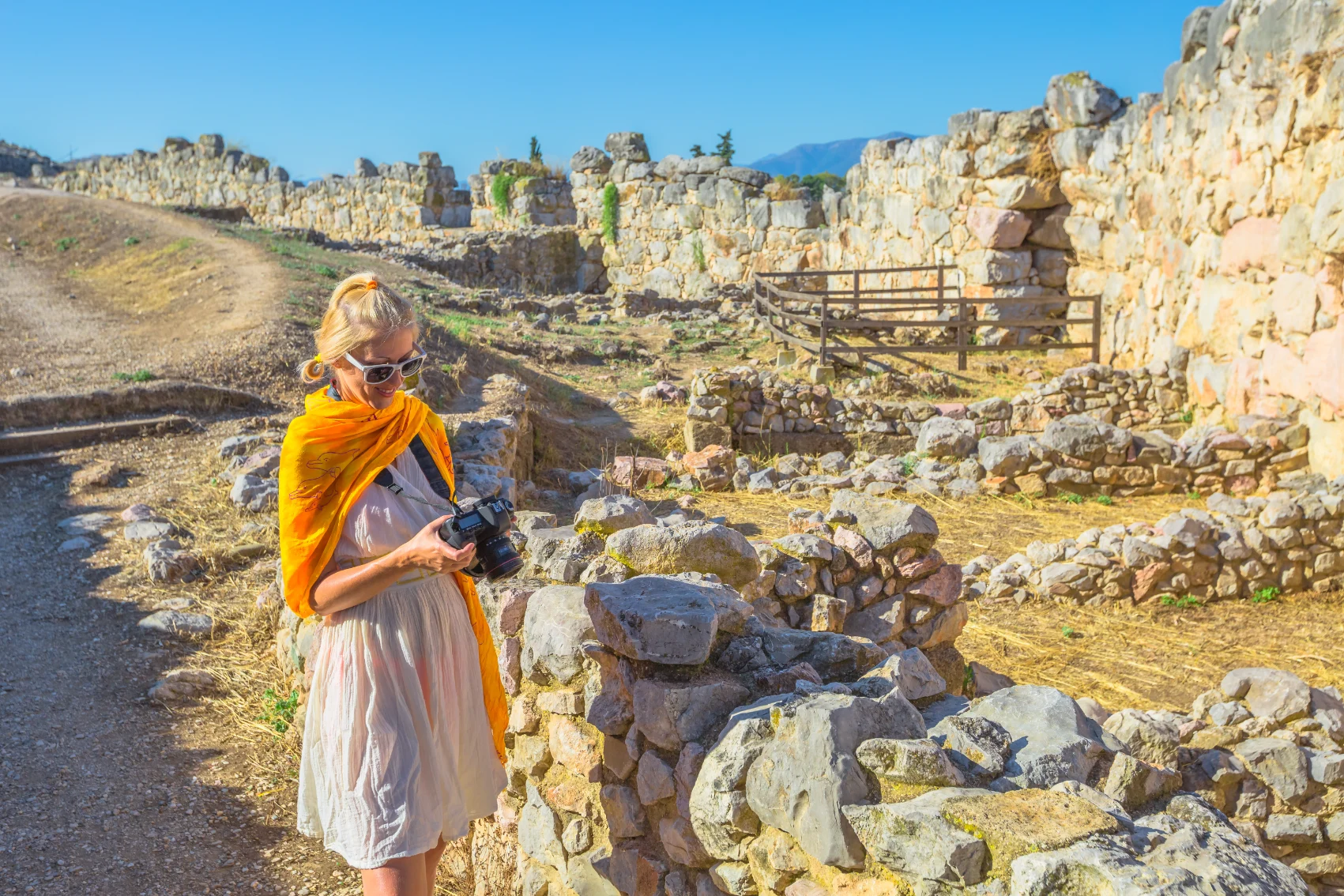
See it for yourself on: The Best of Greece & Turkey
Knossos
No trip to Crete is complete without stepping into the mysterious ruins of Knossos, a sprawling Bronze Age palace linked to one of the most famous legends in Greek mythology: the story of the Minotaur and the Labyrinth. According to myth, King Minos of Crete ordered the construction of a massive maze to imprison the fearsome half-man, half-bull Minotaur. Enter Theseus, the Athenian hero who — thanks to a little help from Minos' daughter, Ariadne — found his way through the Labyrinth, slayed the beast, and escaped. But was there ever a real labyrinth? While no twisting maze has been discovered, the Palace of Knossos itself is a labyrinthine structure full of winding corridors, grand staircases, and intricate frescoes that depict bulls and mythical creatures.
See it for yourself on: Crete & Santorini Discovery
Theatre of Epidaurus
Ancient Greeks loved their drama (literally). The Theatre of Epidaurus is one of the best-preserved in the world, with acoustics so perfect that a whisper from the stage can be heard in the back row. Built into the lush hills of the Sanctuary of Asklepios, the theatre was originally designed for performances honouring the god of medicine. Today, it’s still used for live performances, especially during the Epidaurus Festival, when Greek tragedies and comedies are staged under the stars. Imagine watching Euripides’ Medea or Sophocles' Oedipus Rex in the same theatre where they were performed thousands of years ago.
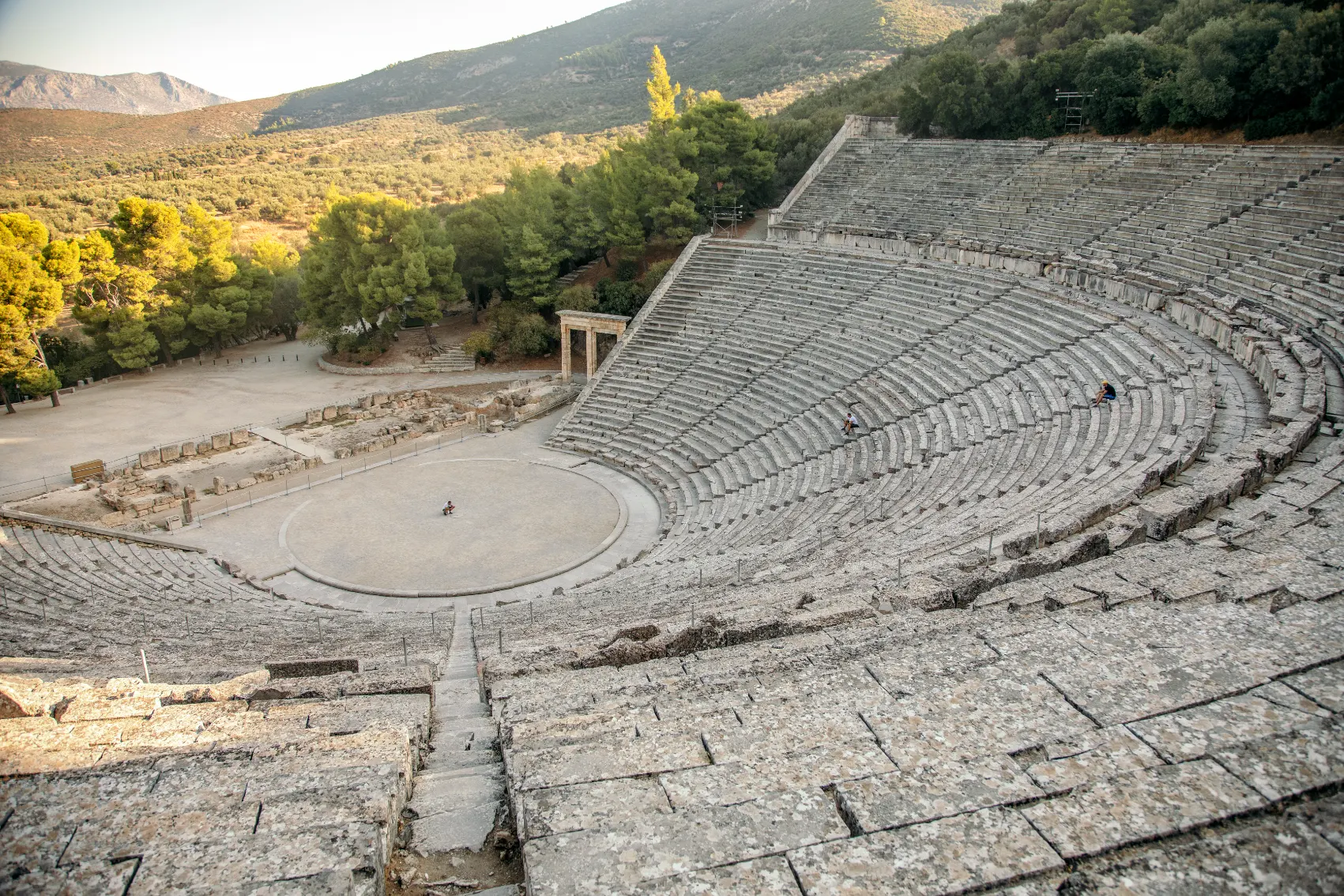
See it for yourself on: Journeys: Discover Greece
Akrotiri
Akrotiri on Santorini is what happens when an advanced civilization meets a volcanic disaster. Sometimes called the Greek Pompeii, this ancient Minoan city was buried under volcanic ash around 1600 BC, preserving its buildings, frescoes, and artifacts in astonishing detail. But unlike Pompeii, no bodies were found in Akrotiri, which suggests that the Minoans had time to evacuate before the eruption. Where they went remains a mystery, but some believe the disaster might have inspired the legend of Atlantis, the lost civilization swallowed by the sea. Today, visitors can walk through Akrotiri’s streets, peering into well-preserved homes with indoor plumbing (yes, they had that 3,600 years ago) and admiring colourful frescoes depicting everything from boxers to saffron harvesters.
See it for yourself on: Journeys: Discover Greece
Sesklo
Older than the Parthenon by 7,000 years, Sesklo is a Neolithic settlement with the ruins of the earliest known Greek village. It's not as flashy as other sites, but it's where civilization began, a humble start to an epic history.































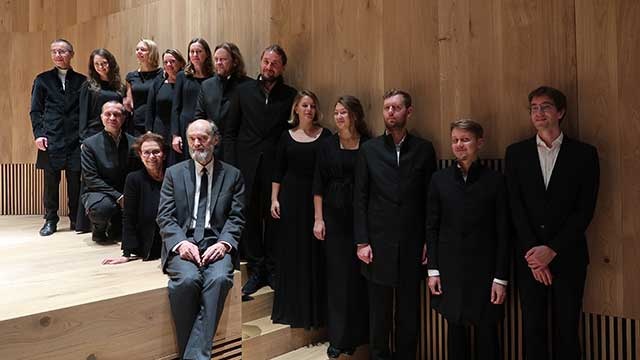

















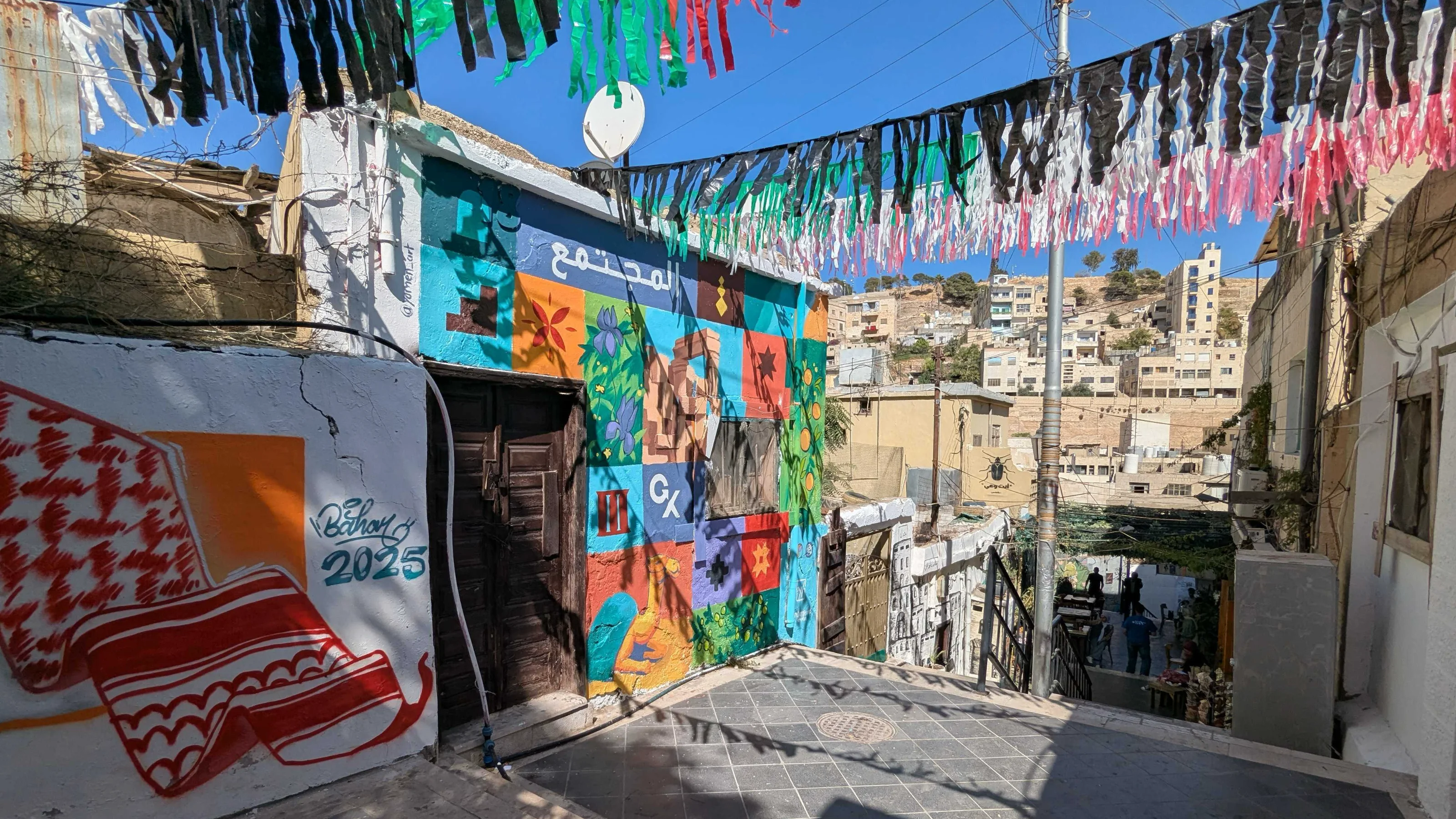


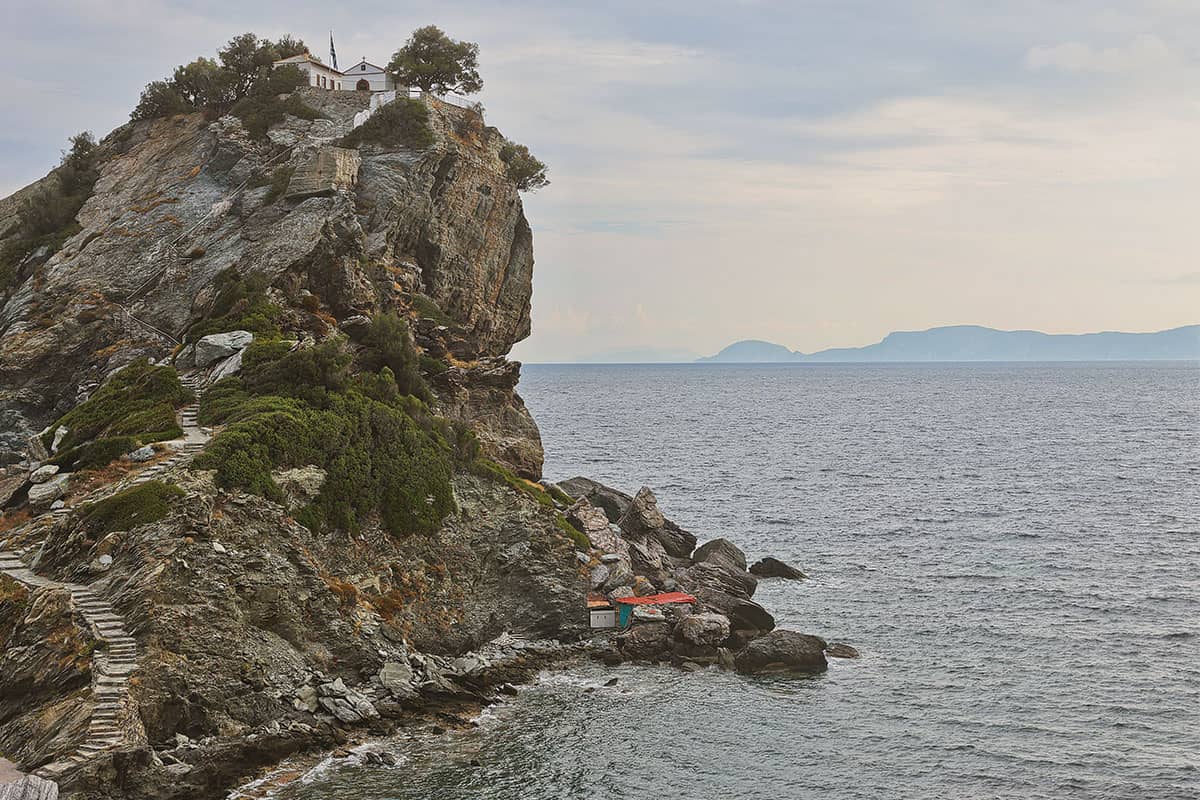





































:format(webp)/cdn.vox-cdn.com/uploads/chorus_image/image/66321622/1206682849.jpg.0.jpg)

























:format(webp)/cdn.vox-cdn.com/uploads/chorus_image/image/67131045/1261725039.jpg.0.jpg)






































/origin-imgresizer.eurosport.com/2024/02/04/3880159-78836108-2560-1440.jpg)








![[Teams] Bournemouth vs Arsenal: Confirmed line-ups as Rice returns but Saka drops out](https://football-talk.co.uk/wp-content/uploads/2023/09/declan-rice-arsenal-2023-1000x600.jpg)










